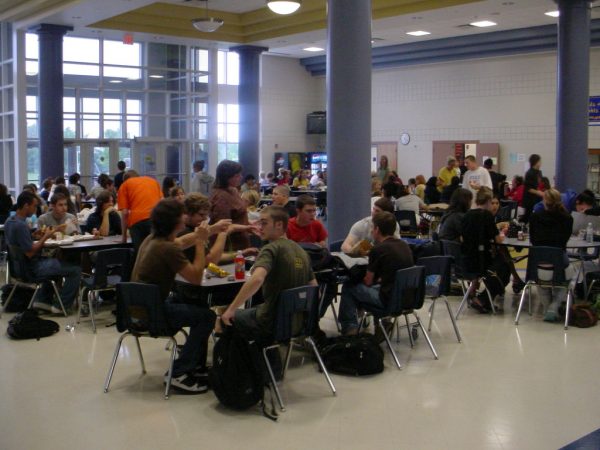
For many adolescents, schools serve as the epicenter of friendships and peer social engagement. Yet, as disciplinary practices like suspension become increasingly common and disproportionately targeted towards racial and ethnic minority youth, school punishment may not only weaken students’ tie to school, but also their friendships with fellow classmates. Wade C. Jacobsen’s new research examines whether and how school suspension in rural communities impacts current friendships and future engagement with antisocial peers.
To measure changes in friendship networks, Jacobsen examined surveys from 766 students each year between sixth and ninth grade. Each survey asked students to name their closest school friends, the number of times they were suspended, and involvement with substance use and delinquent behavior (e.g. vandalism, fighting, etc.). Jacobsen further observed whether students withdrew from peers, were rejected by peers, and increased involvement with antisocial peers.By the time students reached ninth grade, roughly 40 percent of racial and ethnic minority students experienced suspension versus less than 20 percent of white students. Furthermore, all students who were suspended nominated fewer peers and received less friendship nominations from peers than non-suspended same-grade students in ninth grade. The more times students were suspended, the more likely they were to discontinue friendships. Experiencing at least one school suspension also increased student likelihood of nominating friends who engaged in substance use. At the same time, suspended students held more friendships in different grades and schools than non-suspended students.
School discipline imposes harmful effects across both urban and rural communities. When administrators design school punishment policies, they must acknowledge that they are carried out in a deeply racialized context and consider their impact on students of color, who are disproportionately targeted by teachers, school administrators, and law enforcement officers.

Comments